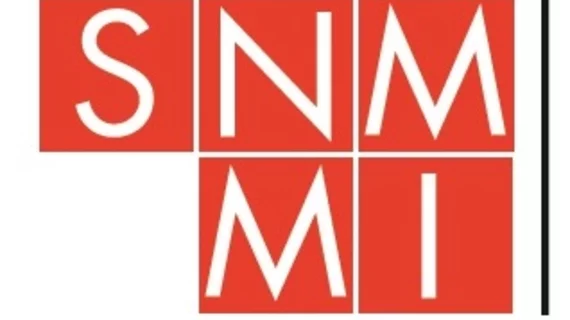SNMMI highlights gallium-68 shortage in letter to FDA
The Society of Nuclear Medicine and Molecular Imaging (SNMMI) has written a letter to the FDA about ongoing shortages of generators that produce gallium-68 (Ga-68), a radioisotope used regularly in medical imaging.
The letter—available here—is signed by Cathy S. Cutler, PhD, chair of the SNMMI Committee on Radiopharmaceuticals, and SNMMI President Satoshi Minoshima, MD, PhD.
The letter explains that Ga-68 is currently used to produce NETSPOT from Advanced Accelerator Applications, which was approved in June 2016 to help treat neuroendocrine tumors (NETs) in adult and pediatric patients using PET. NETSPOT, however, is only approved using specific generators. And those generators are only approved for either 400 uses or one year, whichever comes first. This has led to shortages throughout the United States.
SNMMI notes some possible remedies for this shortage. For instance, “a temporary exemption to the 400-elution limit would have a major impact on NETSPOT capacity for patients,” according to the letter. In addition, using a wider variety of generators to produce NETSPOT or using cyclotron-produced gallium chloride are two other methods that could improve production in a relatively short amount of time. “Further discussion with the manufacturers is necessary,” the authors added.

